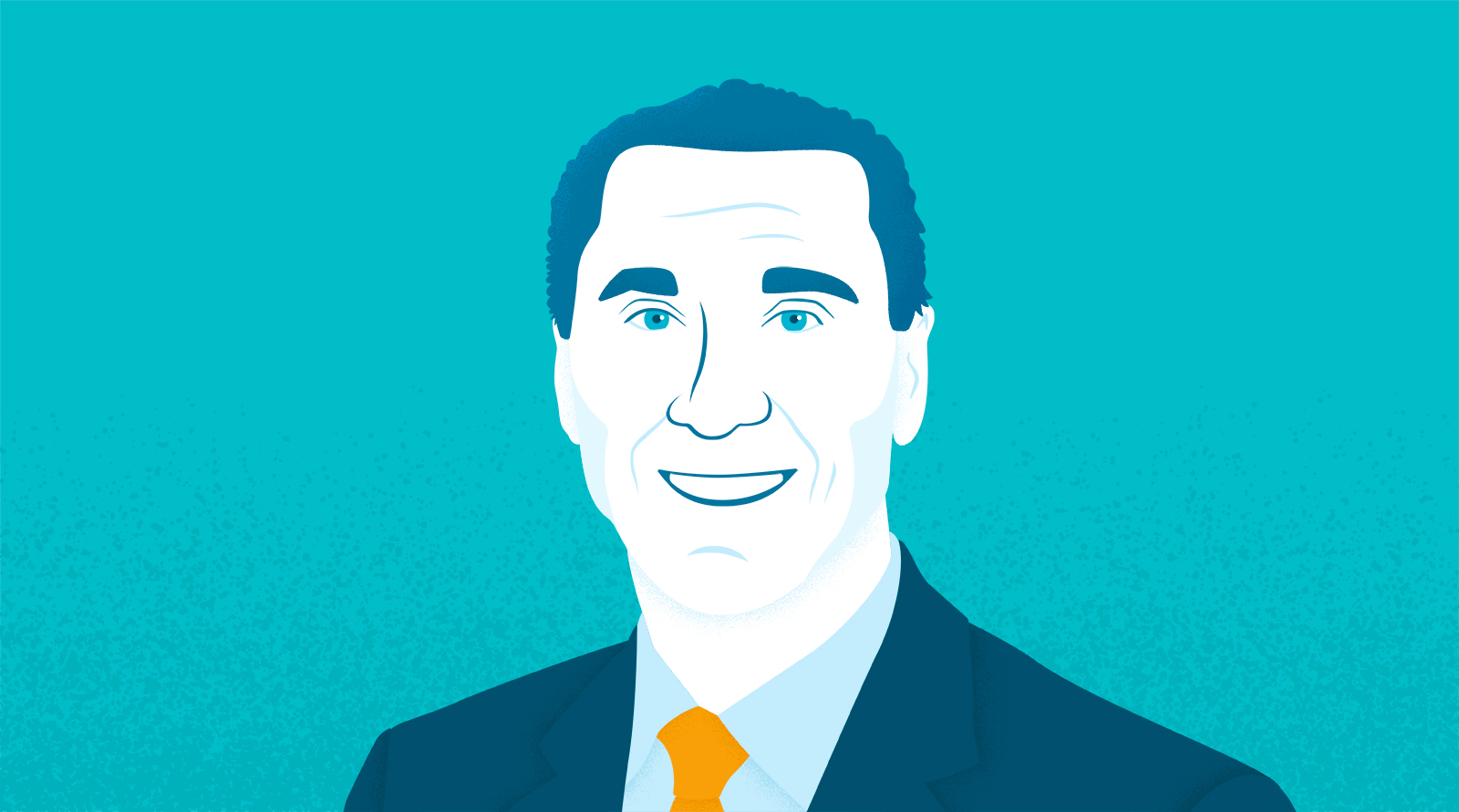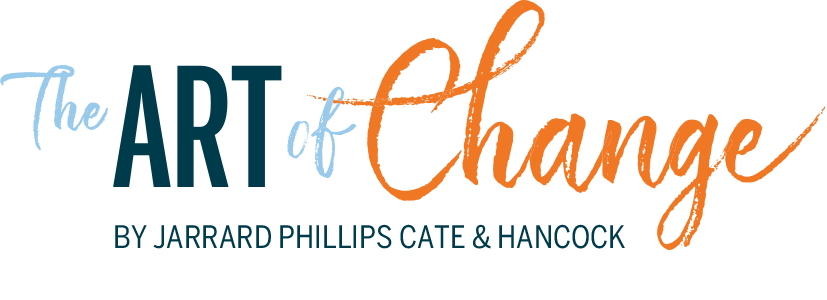
Affecting Change Before the Fire Starts
Recruited to lead Lee Health in 2017, Dr. Larry Antonucci inherited a well-respected and thriving organization that had been a mainstay of the Southwest Florida community for a century.
Like any healthcare provider, Lee Health was facing challenges due to the shifting healthcare landscape, but it wasn’t going through any major crises. Here, Antonucci shares his thinking on how set a vision when things are going pretty well.
Quotes have been lightly edited for clarity
Lee Health is unique in that it has a strong 100-year legacy and an open governing structure. How does that legacy and openness influence your vision setting for the organization?
Antonucci: Being a public entity has its challenges. Operating in the sunshine forces you to be completely transparent. We’ve been public since the ‘60s and are used to having others sitting at board meetings. There are advantages and disadvantages.
We’re very focused on ideas and solutions. In our strategy sessions, we don’t just start with a plain sheet of paper, we bring options. We discuss the challenges we are facing, our suggested strategy and then we modify based on feedback from the board.
We listen and respond to the board. They’re out in the community. They hear a lot. They understand what’s happening. It’s important and valuable insight for us.
How does your experience as a physician come into play for vision setting or painting a picture?
It’s an enormous help because I’ve been on the front lines of doing medicine in this community. I can relate to the physicians, and they can relate to me. I can also describe what the future world would look like and what it would mean for them. I come to the table with credibility, and there’s a trust factor.
It would be much more difficult for me if I weren’t a physician. You have to understand what the doctor does, but you’ve also got to be able to tell a doctor, “Patients are not going to die if we don’t buy this piece of equipment.”
What are some things you’ve done in terms of your vision for reaching a broader audience and getting them involved?
We try to have our staff reflect on why they got into healthcare in the first place. What has changed for those who have become burned out or fed up? We’re trying to get them back to why they did it and how we can return them to a feeling that this isn’t just a place to pick up a paycheck but a unique and special honor we have to improve people’s lives. We have to transcend the clinically competent and make a personal connection, so they know we care about them and not just for them. If we do that, it will change not only patient lives but providers’ too.
You emphasize the role that values have in setting an organization’s direction. Can you talk about how values relate to vision?
You start with mission/vision and then values evolve from that. It works from the bottom up. When you walk around and see what people are doing, the values jump out to you. It’s not a mystery. As you watch people interacting, you can see them living those values daily. It is a critical part of the evolution from your mission and your vision.
We’re obviously in a huge time of change for healthcare. What are some factors that make an organization ready for change?
I don’t know that people are ever ready to change. Most people like the status quo. I think there has to be some degree of a burning platform. It doesn’t have to be a raging inferno, but you have to be able to point out facts and data about the situation. You’ve got to lay out what this could do to us as an organization. Let’s paint that picture: What would our vulnerabilities be? What actions can we take now to prevent that from happening? Get people thinking about this new world. That is how you begin the process of change.
You talked about the sense of urgency needed for a successful vision. Are there other elements that you would say are fundamental to vision setting?
There are. There are changes going on that are less dramatic than a burning platform. Ideally, you want to be able to affect change before the platform is burning. It’s just a matter of demonstrating something that you want to change, not necessarily because if you don’t do it the boat is going to sink, but because this change is to provide better care, more cost-effective care or improved access. There can be positive things that you want to change that are about continuous improvement. You’ve got to inculcate that continuous improvement mindset, with your staff – that your goal is to constantly try to look for better ways to do things.
It takes a very personal, internal process to want to take the leap and be a visionary leader. What did that look like for you?
Back in 2007, practicing as an OB/GYN was something I expected to be doing for the rest of my career. At that time, I began recognizing the challenges we were facing in healthcare through the experience of my patients – the restrictions, the frustrations they were dealing with trying to get specialist care, hospital care and the functionality of the health care system. There was also a lack of integration. And it was in that setting that I got the call from [then-CEO] Jim Nathan who asked me if I would come on board full time to take over the hospital.
I was running a large group at the time. Here I was with a 25-year practice, and the only asset you really have as a practicing OB/GYN is your patient base. If you give that up, within six months, that’s gone. It was a significant risk to drop that, but I felt this compelling desire to try to improve the way care was delivered in the community. I thought this would be an opportunity, so I decided to take the risk. For me, it was about wanting to make a difference in a bigger way.
Talk about your specific vision for Lee Health and where it’s headed.
Our situation is that we are a prominent provider of care in our area. Lee Health owns community healthcare as a public entity. We view the delivery of care differently than a traditional healthcare system that may be in a community competing with one or two other healthcare systems. What they’re doing is trying to figure out how to get the best-paying patients and how do they drive the poor-paying patients to their competitors? That model does not appeal to me very much.
Instead, we look at this whole community and we ask, “Where would it be appropriate to place an outpatient clinic to serve underserved patients?” Because we know we’re not going to drive them anywhere else, they’re going to come to us when they’re a train wreck. And so rather than spend $100,000 when they’re in congestive heart failure, let’s put clinics down in underserved areas and get these people seen on a weekly basis.
That’s what excites me. It’s looking at this population and saying, “Okay, how do we deliver a system of care for an entire population?” With that, I see us being becoming the model of care for the country.
The vision is that we have a community here, and every day I’m going to be part of designing the most efficient, most cost-effective, highest-quality system to deliver care to that community. And the rest will follow. The financials will follow.
Any final thoughts?
Yes. It’s good to tell a story about how you created a vision and made it come true.
When I came on board, we were talking about hospital-acquired conditions and harm. We were putting graphs up about where we were and how we were compared to other organizations. There was a line for the 75th percentile, something like that. Our goal was to get to the 75th percentile. I said, so our goal is to create as much harm as 25 percent of the hospitals in the country? They kind of stammered, and I said that our goal should be zero harm, period. Everything else on that graph is a reference point, not a goal.
This caught on and completely changed how we thought about everything. People will talk about zero avoidable harm. If we change our thinking, and say zero, then we’ll come up with a way to make that avoidable. It was remarkable. Within a year, we turned the whole concept around by just pivoting a little bit on the terminology.
